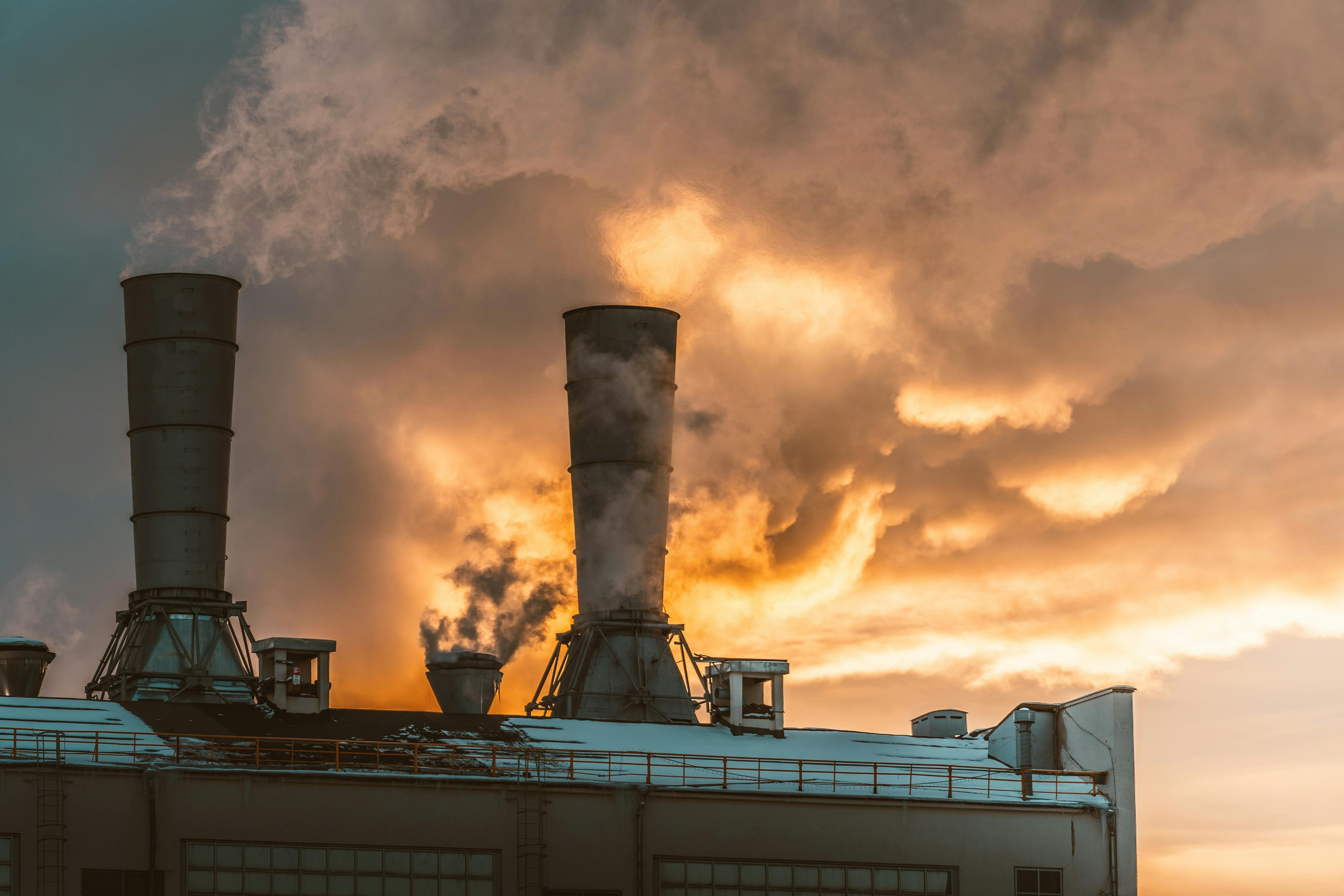
Photography Tips to Solve Photography Stuck – Part 1
Is your camera collecting dust right now? Is it because you can’t think of anything to photograph? So you’ve hit the photo rut! What is the remedy? It’s quite possible that it’s something very simple: you need to start shooting the ideal photo subject.
“No other subject offers a… photographer such a range of possibilities for documentary and interpretive images, and few subjects are as easy to find.” – Freeman Patterson, Photography of Natural Things
What is this ideal photographic subject to overcome photographic stagnation? Would you believe, water? But most photographers overlook water when looking for something ‘special’ or ‘different’ to shoot. Why is that? In a word – familiarity. It acts as a mind blinder preventing them from seeing great pictures that are right in front of them!
So my first photography tip for solving the photo plateau is this: ask yourself a simple question: “Which way to the water?” Now here are some more photography tips to help you determine directions.
Photography tips: photo sessions in the warm water season
Is there a river, lake or ocean nearby? If so, you’ve got what you need for the following photography tips to help you get started over your photography plateau:
#1 – Waves – They come in a wide variety of sizes, from ripples to tsunamis. Depending on the situation, they can be shot from the front or from the length as they curl and break. Fast shutter speeds will freeze the action. Slower speeds will create soft hazy effects.
#2 – Waterscapes: When composing images of water only or mostly water, you need to see the water within the viewer graphically, as just colors, tones, lines, shapes, etc. And you need to articulate the idea or the mood that it evokes in you. Then you will know what position of camera, lens, etc. it is better for the final image.
While landscape photography usually requires the camera to be facing north or south (for polarization effects and side light shaping), with waterscapes you can also shoot directly into the sun and still get very attractive images. , thanks to the unique properties of water. Just remember to offset your light meter recommendations by +1 to +2 stops when you do this.
#3 – Waterfalls – Allows for a wide variety of images. Slow shutter speeds make the water look silky smooth. Fast shutter speeds not only freeze it, but also reveal patterns in the ebb/surge and unusual shapes in it. Colors and patterns can be reflected in the nearby surroundings and strong contrasts can be found between water, boulders and stones, leaves and twigs etc.
Self assignments for the photography tips above
Choose the projects that interest you the most. Please follow the photography tips carefully. Reshoot when you are not satisfied. Do it until you are satisfied. It will take all your patience and passion. Your skills and eyesight will improve with practice. Shoot especially in early and late light. Use a tripod as much as possible. Edit your results slowly. Post small samples on the wall for a few days to study before making the final prints for the wall art.
Photography Tip #1 – Waves: First, study some examples of pointers online. Then shoot a single wave when it breaks, either head on or looking along its length. Use a shutter speed of 1/250 or faster to freeze the action.
Photography Tip #2: Waterscapes – Locate a nearby body of water. Go there. Study just the water for a while. Then compose an image that includes just the water, perhaps a wavy pattern, or a section of various colors, etc. and include something in or on the water as a center of interest to locate your main focus.
Photography Tip #3 – Waterfalls: Locate a nearby stream or river with a waterfall or a stretch of rapids. Find a section of water that includes a rock, etc. and reflections from things on the shore or overhead, shoot with a slow shutter speed of 1/15 or less.
In the next set of 6 articles, we’ll cover even more photography tips on warm water season photo shoots to beat the photography doldrums: reflections, highlights, splashes and spray, foam and bubbles.